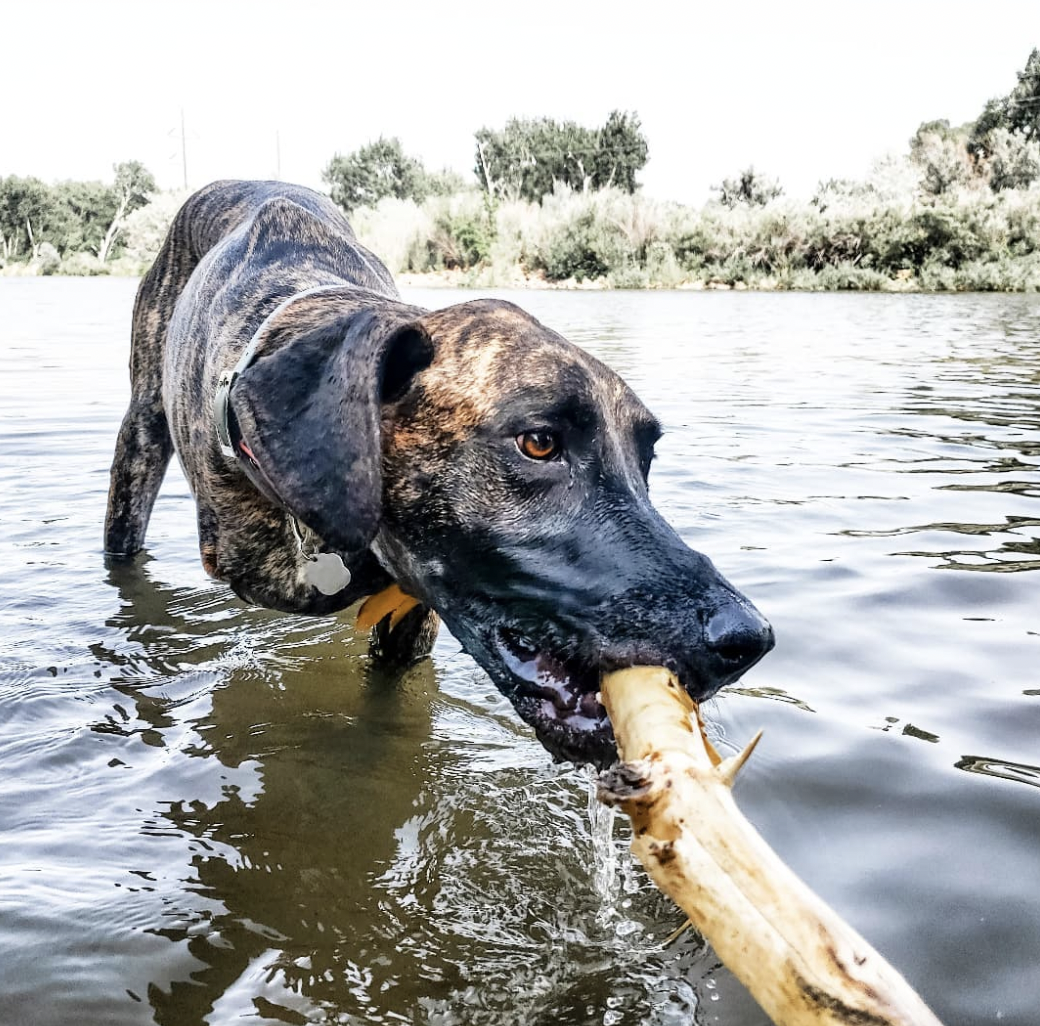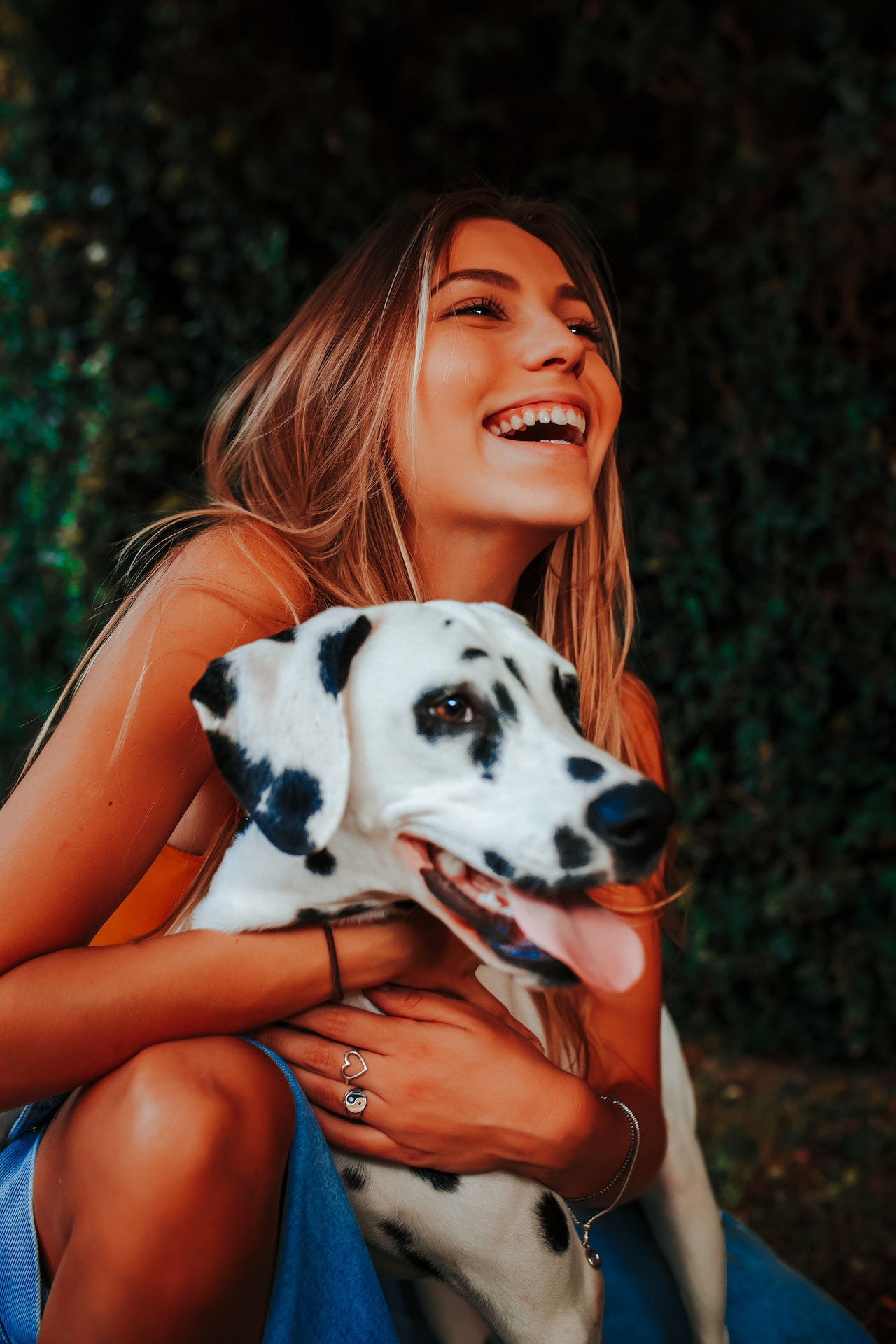
Everyone LOVES using Harnesses for Great Danes… well, everyone except for me… I, personally, cringe when I see a dog harness on Great Danes. Why,

Everyone LOVES using Harnesses for Great Danes… well, everyone except for me… I, personally, cringe when I see a dog harness on Great Danes. Why,

Help!!! Dog snapping at child for no reason at all!!! My dog has been a loving part of my family for many years and suddenly